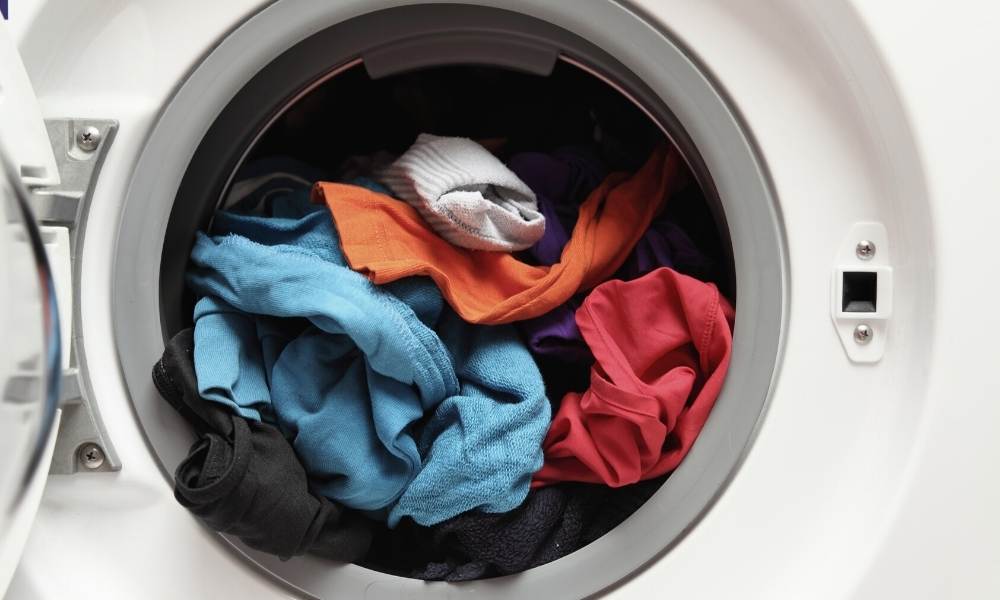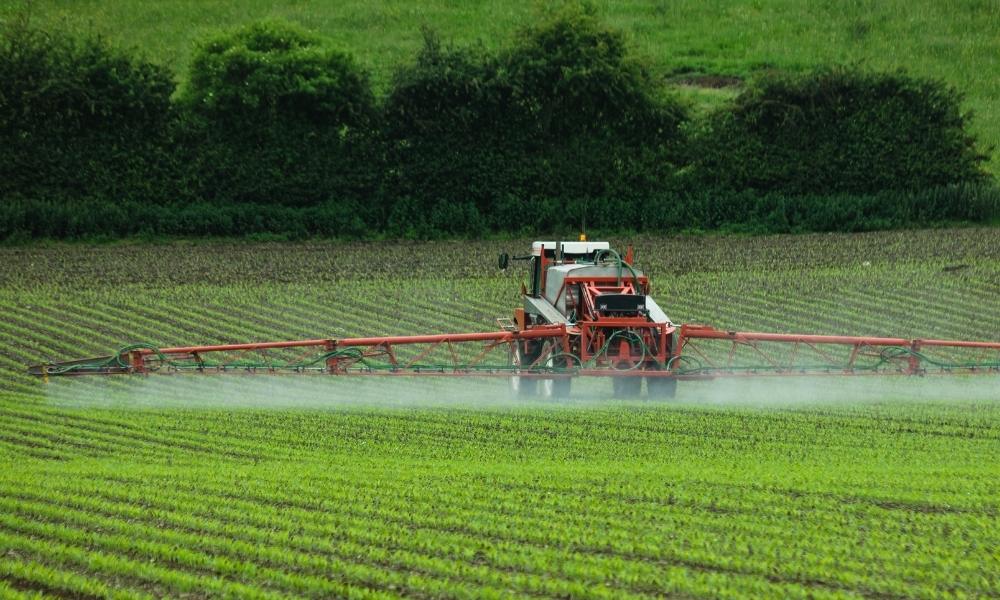-
#1 Microfibers from laundry go into the waste water
When we wash our synthetic clothes, they release plastic microfibers. To be exact, every week an average household dumps about one plastic bag worth of microfibers into the waste water. Where does this water go?
-
#2: Waste water treatment plants turn it into sludge
Water from our home goes into the waste water treatment plants (WWTPs) which were developed primarily to sanitize the water and stop the spread of infectious diseases caused by the mixing of fecal water and drinking water. This process is strongly focused on the degradation of organic matter. Studies have shown that WWTPs also capture between 60 and 99% of microfibers, depending on the technology used. In the process of cleaning the water, a large quantity of sludge is recovered. It consists of organic matter. This is also where microfibers end up.
-
#3: The sludge ends up on land as a fertilizer
The caught microfibers have an afterlife that is mainly kept out of sight! Statistics show that many of developed countries use sewage sludge directly in land application.
So, although WWTPs can in principle stop a very high percentage of fibers from wastewater, current practices of sewage sludge use are not
in any way acceptable as a solution to stop microfiber pollution.



What's the point of capturing microfibers if they end up on land anyway?

STOP POLLUTION WHERE IT MATTERS:
AT HOME!
By installing a filter to your washing machine you can capture microfibers even before they get washed down the drain. With our Closed-Loop service we collect your caught microfibers and make sure they're properly recycled. That way they never end up on land, in rivers, or in oceans.





